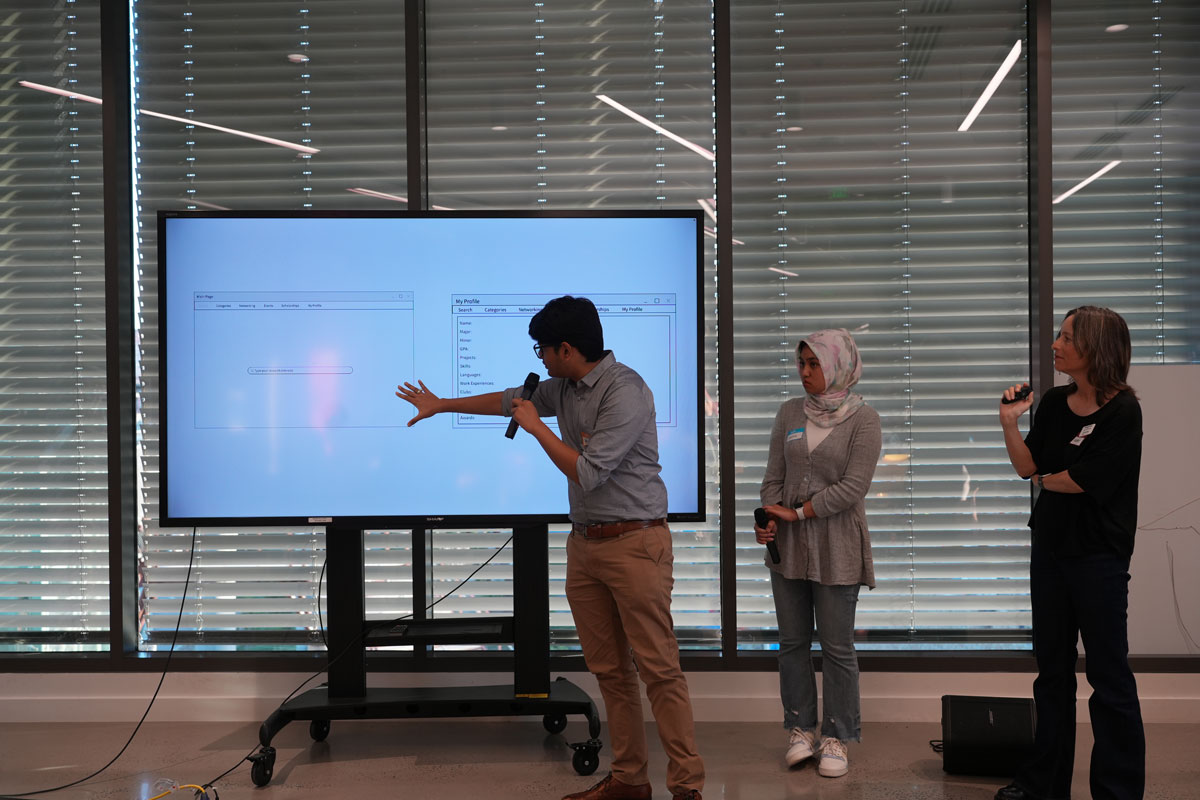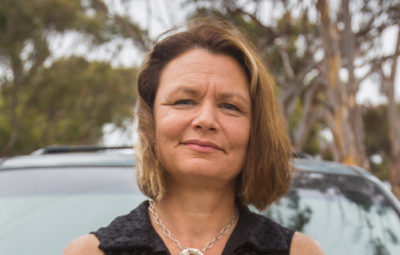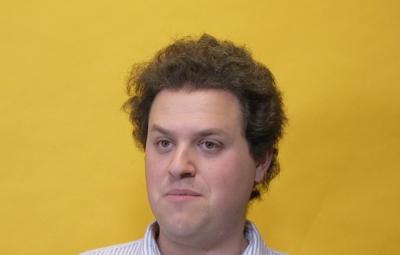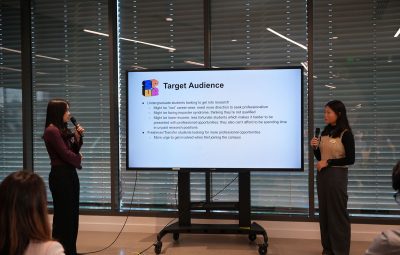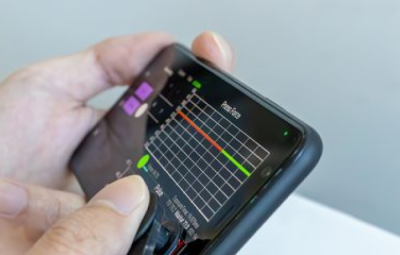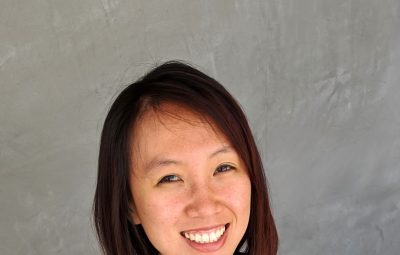At the start, we reviewed the problem statement and took it at face value as a starting point for our discussions with potential stakeholders.
How might we help undergraduate students better understand the research ecosystem to provide insights, create interest, and facilitate experiences.
With a team of four, we were concerned about the timeline, as we weren’t sure what would be expected of us.
We identified and described a host of stakeholders – students and faculty with different specializations, interests, and lived experiences, as well as campus resources that would be involved in the process and their role in our initial problem statement.
At this point in our process, we were looking at what we thought they might want to do in the sphere of research employment and their potential opportunities and challenges. These varied greatly depending on the personas we were describing.
The primary findings of our observation activities were that learning about research opportunities and learning more about the process did not happen in person at the Undergraduate Research Hub. In addition, there were no clear indicators of engagement with passive information in person or in discussions where students gathered in the Library or Teaching and learning Commons.
Online accessible tools that could be utilized at the point of need/inquiry would seem to be more promising.
The stakeholders that were interviewed were undergraduate students and one graduate student. There were arrangements to interview faculty and other students, but they were canceled due to midterms, Thanksgiving break, and the need to complete the work.
Key takeaways from the stakeholder interviews were – the differences between STEM and non-STEM students in the types of experiences they wanted, how they learned about research experiences, and developing connections with faculty. STEM students need a platform to connect with professors that is manageable but rather inviting and open. Non-STEM students need to network with professors not just to join their research potentially but to help connect with other individuals whose research aligns more with their interests. At the same time, only students researching on campus knew about the REAL portal, as provided by the URH. However, they did not learn about and get these opportunities from the portal but by networking with professors via emails and in person (office hours, in class, etc.).
Primary takeaways from secondary research:
-
- The lack of research focused on non-STEM disciplines
- Limited research that explicitly surveyed students from underrepresented communities.
- Primary drivers for research engagement depended on subject discipline, number of years on campus, and the role of faculty in encouraging research engagement.
This indicated areas where further research would be warranted and helped us focus on potential prototypes based on what we had learned in the interviews.
We focused on key stakeholders who were undergraduate STEM and non-STEM students, including transfer students, graduate students, and faculty. To summarize student needs, the key is connections – for STEM students, it’s developing connections with faculty who have opportunities, with non-STEM, it’s making connections to opportunities that align with their research and post-graduation goals, for transfer students, it is making connections in a new environment in a compressed timeline. For faculty they have needs for students with specific skills, knowledge, or aptitudes, but they do not necessarily have the time to find them with research on strict timelines. In addition, the campus process for student hiring is cumbersome and time-consuming.
Based on our findings, our problem statement evolved to recognize that students needed support in understanding that there were a variety of opportunities that would be considered research available and that the critical need for all stakeholders was reliable information and stable communication with faculty, facilitating a reliable connection.
Updated problem statement:
How might we help undergraduate students better understand research opportunities on and off campus, providing a concrete, reliable mechanism for information about faculty research interests and communication with faculty about research opportunities.
Based on our findings, and our collaborative work:
- STEM and non-STEM (particularly social sciences) students have different needs.
- Transfer students work in a compressed timeline and need dedicated, early interventions.
- Students will not go to a physical space – create a reliable, easy-to-use virtual space.
- Support/facilitate connection and communication.

This team collaborated during the SPUR 1.0 program term to further the understanding of a problem statement and develop a potential solution. We recognize the collaborative work of the individuals who furthered our community’s knowledge of scaling paid undergraduate research.
- Heather Briston, Director, Scholarship Tools and Methods Program
- Danyal Rao, Student, Cognitive Sciences
- Arjun Varshneym Student
- Saleha Ahmedia, Student, Cognitive Sciences, Junior Designer Program
Thank you for evaluating this and other SPUR Team projects. Each evaluation takes approximately 2-minutes to complete.
Please review the story and answer the five questions based on your knowledge, experience, and perspective. Your feedback will help us to learn, work, and develop ideas that will impact paid undergraduate research opportunities at UC San Diego.
